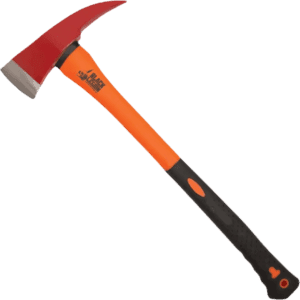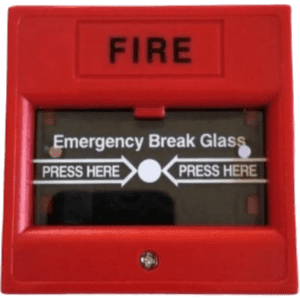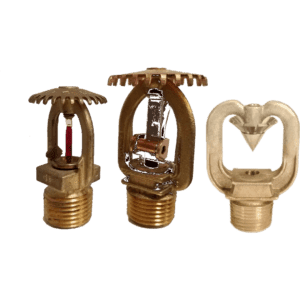Smoke and heat detectors are critical components in fire alarm systems, providing early warnings to prevent fire-related injuries and damage. Smoke detectors detect the presence of smoke particles in the air, while heat detectors monitor changes in temperature. These devices are available in two primary types: ionization detectors (which react to smoke particles) and photoelectric detectors (which use light sensors to detect smoke). Heat detectors, on the other hand, respond to sudden temperature changes. Smoke and heat detectors are often installed in homes, offices, and industrial settings and must comply with international safety standards such as NFPA 72 and SASO 2397.
Key Features:
- Early Fire Detection: Alerts users of fire hazards before they spread.
- Multiple Types: Available as smoke, heat, or combination detectors.
- Reliable Performance: Designed to work in both residential and commercial environments.
- Easy Installation: Can be easily installed on ceilings or walls.
Types and Standards:
- Ionization Smoke Detector: Ideal for detecting fast-burning fires.
- Photoelectric Smoke Detector: Suitable for detecting smoldering fires.
- Heat Detector: Best for environments where smoke detectors may be unsuitable.
- **NFPA 72, SASO 2397: Standards for fire detection and alarm systems.
Brands Available:
Honeywell, Siemens, Bosch, Kidde, and Nest.
General Maintenance:
Test detectors monthly, change batteries regularly, and clean the unit to prevent dust build-up. Replace detectors every 5–10 years as per the manufacturer’s guidelines.





